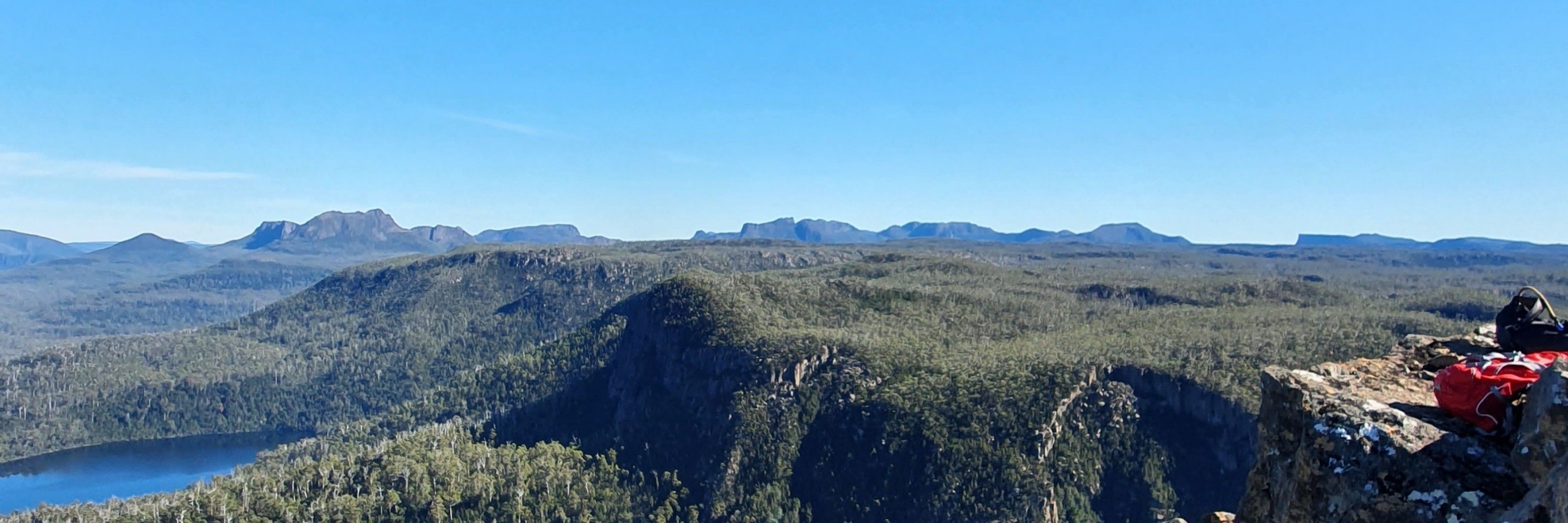Lennart Bach
@bachlennart.bsky.social
1.1K followers
300 following
320 posts
Applied Marine Biogeochemist, Global Citizen, Mate // Investigating consequences of, and solutions for, the climate crisis // Based at the University of Tasmania // https://appliedbgc.imas.utas.edu.au/
Posts
Media
Videos
Starter Packs
Reposted by Lennart Bach
Reposted by Lennart Bach
Lennart Bach
@bachlennart.bsky.social
· Aug 28
Reposted by Lennart Bach
Lennart Bach
@bachlennart.bsky.social
· Aug 27
Reposted by Lennart Bach
Frauke Kracke
@fraukekracke.bsky.social
· Aug 26
Lennart Bach
@bachlennart.bsky.social
· Aug 26

Frontier buyers sign $31M deal with Planetary to advance ocean alkalinity enhancement
Frontier has facilitated offtake agreements with Planetary, a company that removes atmospheric CO₂ and reduces local ocean acidity by adding dissolved alkaline minerals to seawater.
frontierclimate.com
Reposted by Lennart Bach
Lennart Bach
@bachlennart.bsky.social
· Aug 18










